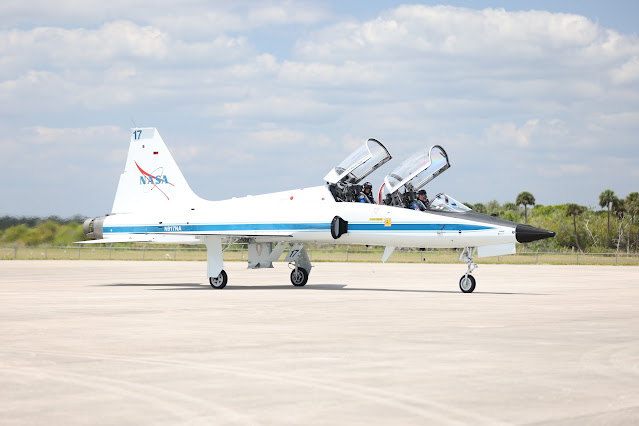The Horsehead Nebula: Euclid, Hubble & Webb Space Telescope Views
The first image (left), released in November 2023, features the Horsehead Nebula as seen by the European Space Agency’s Euclid telescope. Euclid captured this image of the Horsehead in about one hour. It showcases the mission's ability to very quickly image an unprecedented area of the sky in high detail.
The second image (middle) shows the NASA/European Space Agency Hubble Space Telescope’s infrared view of the Horsehead Nebula, which was featured as the telescope’s 23rd anniversary image in 2013. This image captures plumes of gas in the infrared and reveals a beautiful, delicate structure that is normally obscured by dust.
The third image (right) features a new view of the Horsehead Nebula from the NASA/European Space Agency/Canadian Space Agency James Webb Space Telescope’s NIRCam (Near-InfraRed Camera) instrument. It is the sharpest infrared image of the object to date, showing a part of the iconic nebula in a whole new light, and capturing its complexity with unprecedented spatial resolution.
Image Description: A collage of three images of the Horsehead Nebula. In the left image labelled “Euclid (Visible-Infrared)”, the Nebula is seen amongst its surroundings. A small box around it connects to the second image labelled “Hubble (Infrared)”, where the Nebula is zoomed in on. A portion of the Nebula’s head has another box, which leads with a callout to the third image, labelled “Webb (Infrared)”, of that area.
Credit: ESA/Euclid/Euclid Consortium/NASA, image processing by J.-C. Cuillandre (CEA Paris-Saclay), G. Anselmi, NASA, ESA, and the Hubble Heritage Team (AURA/STScI), ESA/Webb, CSA, K. Misselt (University of Arizona) and A. Abergel (IAS/University Paris-Saclay, CNRS), M. Zamani (ESA/Webb)


.jpg)

.jpg)
APoD.png)







